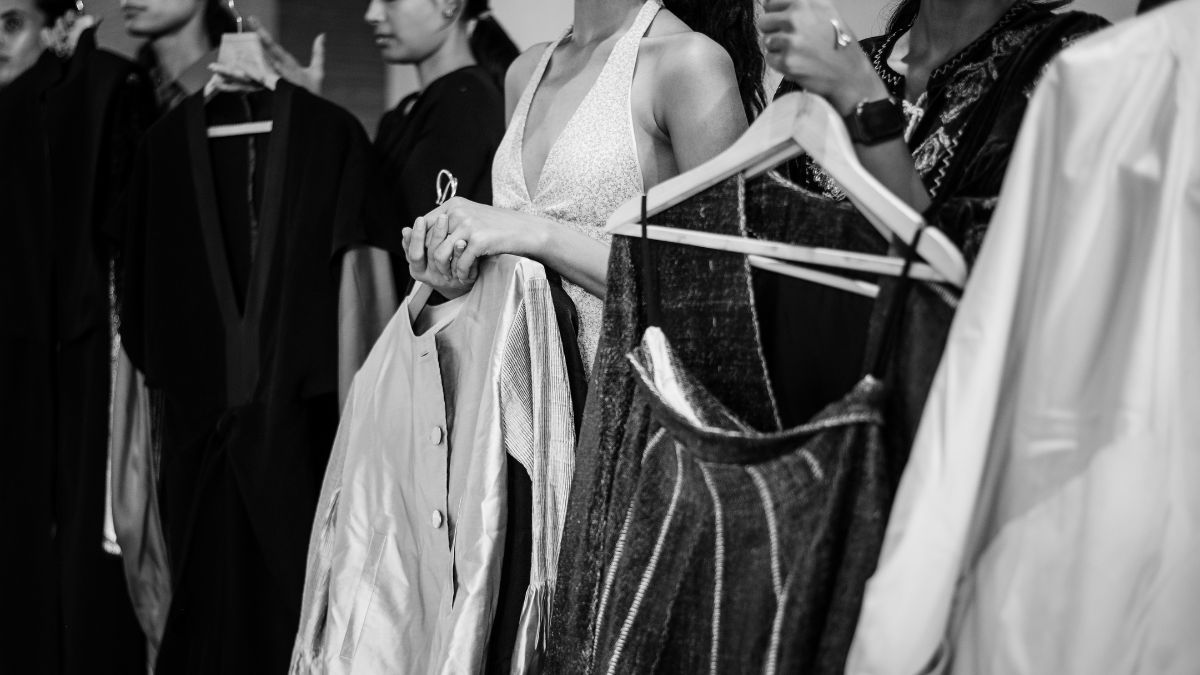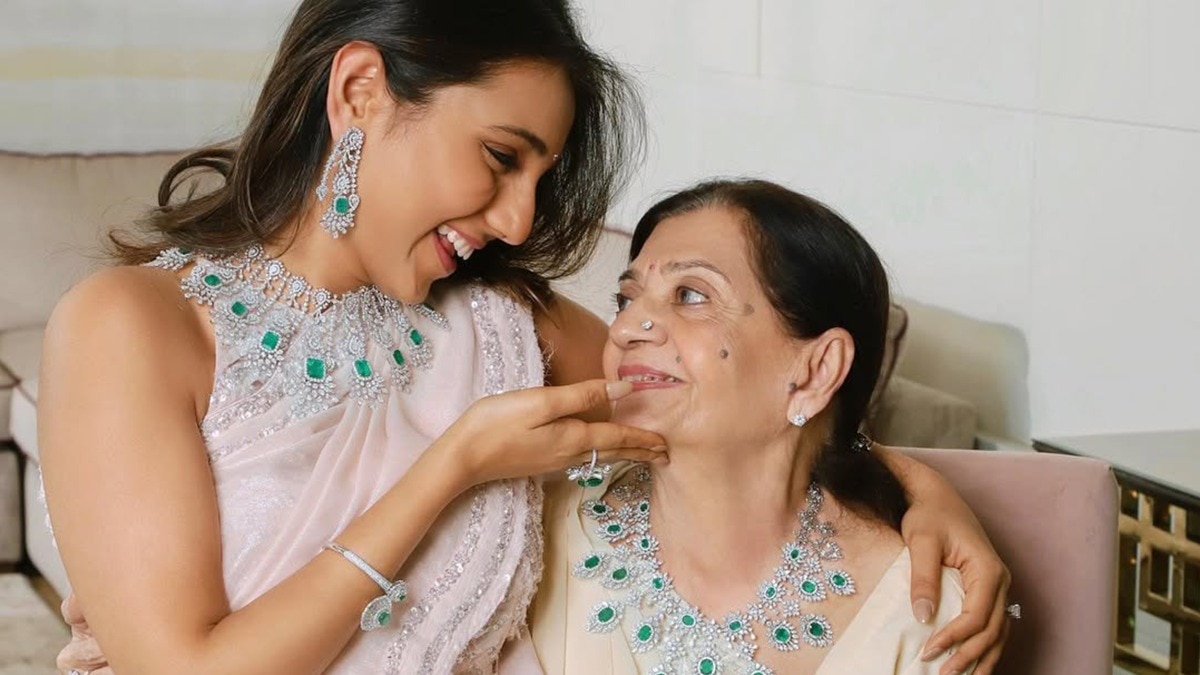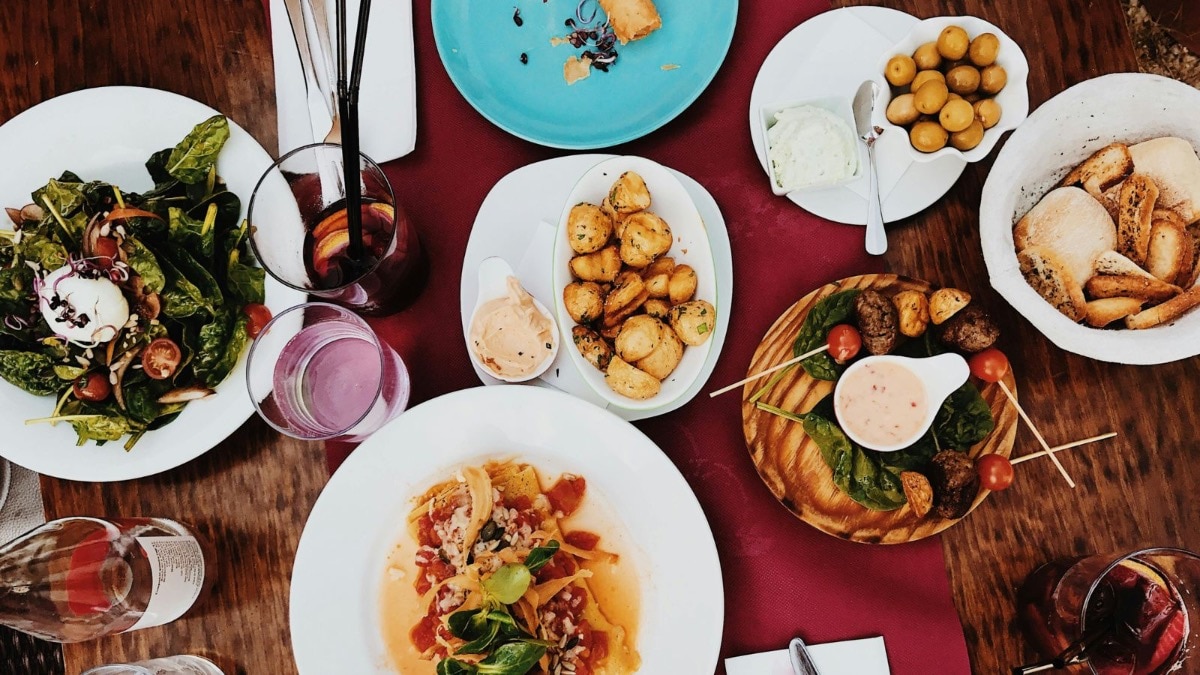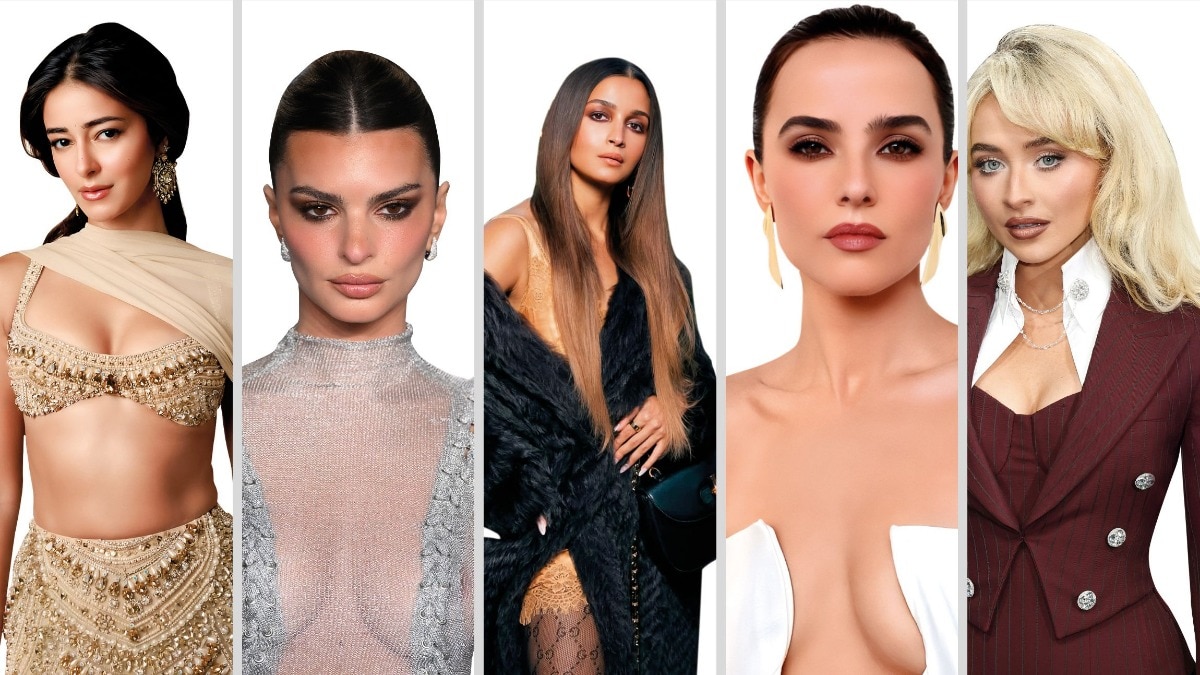Exclusive: Rajesh Pratap Singh on fashion being the harbinger of change ahead of the Grand Finale at FDCI X Lakmé Fashion Week
In conversation with Bazaar India, the brilliant designer speaks of walking the tightrope between modernity, costumes, construction, and more.


He is to the manor born. For Rajesh Pratap Singh has ruled the menswear aesthetic with his masterful rendition of modern-meets-traditional for as long as we can remember. Artful to the point of exuding quiet power, his pieces have always resonated with those looking for subtle yet classic designs, faultless clean lines, and careful detailing. From his catwalks in Paris and Italy, to helming the label Satya Paul as creative director, Singh is relentlessly assertive. When he says, “There’s no particular process, it’s a collage of everyday efforts,” it's clear that every day promises a new sartorial adventure. As the veteran makes a return to the physical runway for Lakmé Absolute Grand Finale, he shares why he’s enjoying the hurtling speed of churn that fashion is going through, his romance with black and ivory, and why he’ll always have his own vocabulary. Over to Rajesh Pratap Singh who showcases in Mumbai after seven long years…
You are the Grand Finale designer at Lakmé Fashion Week X FDCI. What’s the one word that runs through your mind when you look back at this new collection you have created?
Music.
If there is power dressing then your work totally embodies that as your clothes are about smart, neat silhouettes, sharp structures and a sense of elegance. Is that why you also chose the 50s as muse, as it channels your own penchant for the retro aesthetic?
We chose the 50’s because this year is the celebration of 70 years since the inception of brand Lakmé. A lot of interesting things happened in the 50s, which is not something we are trying to reproduce. It is the essence of that era, that time and that frame of reference and more importantly this show is a tribute to Simone Tata and what she did create in that era.

How much have basic blacks and ivories dominated here?
We have used them generously. We do have a lot of metal and some colour accents as well, inspired by the colour palette of Lakmé Absolute Skin Dew Serum Foundation.
What has been the fashion inspiration for this and what are the materials you have used for the jackets, saris etc?
We have used a lot of traditional couture fabrics, many of which we have made ourselves, but we used both metallic yarns and hand-spun yarns and some of them have a unique structure, which was fun working with.
On your new collection, when it comes to jackets and the sari drape, what has defined the makeover?
There’s a lot of structuring the pieces. In my new collection, I’m walking a tightrope between modernity, costumes, and construction. This collection is my humble effort to marry a take on retro glam couture and soft glam make-up.
The new collection is also celebrating Lakmé’s 70-year legacy. How was it to create a mélange of the brand’s journey and the runway?
There were a lot of elements. As I said before we just want to in a small way pay a tribute to an exceptional person and what she and what people of her generation stood for. And for their contribution to society in so many ways. And celebrating a particular moment in her life by marrying fashion and beauty, which played a key role in the inception of the brand.

How would you describe your creative process?
There is no particular process, it is a collage of everyday efforts and experiences. Every day is a new day. We just keep experimenting on new techniques, new developments, research, and we normally don’t have a plan to dwell over it or to articulate it. The moment you put it in a box, it’s restrictive.
As a veteran of the fashion industry, you have been there since the inception of fashion week. How important is it to have this and has it grown to be more experimental and more accepting?
I am thrilled that we finally have one platform for the country and happy about the fact that all important stakeholders are together on this journey where the creative are respected and supported.

You have design quotient that has outlived fashion trends and stayed relevant.
I’ve never followed trend. We don’t follow trends; we find them very second-hand. We have our own vocabulary and we keep refining it. It just so happens that what we did 20 years ago is still relevant–it wasn’t intentional but that’s the way it is. When a client comes back to replicate something he or she has worn over a decade until it has worn off, it is exciting for us as we believe that we probably did something right.
Which way is the fashion industry headed in post-pandemic times? Are the rules changing as we read this?
Fashion is constantly evolving. It doesn’t wait for change. It is a harbinger of it. Post-pandemic behaviours reside in polarities. We either go low key or we go loud. We don’t realise that whether its fashion or any other industry, we are going through a serious churn, the repercussions of which would be in evidence over the next couple of years. The speed of the churn has never been at this rapid a pace. Traditional structures are being dismantled and fashion is no exception. The relevance and the way we saw fashion has undergone a change. It is like being in a whirlpool and we are yet to discover what is on the other side when it abates. This is not a once-in-a-decade occurrence, this is a larger phenomenon.










